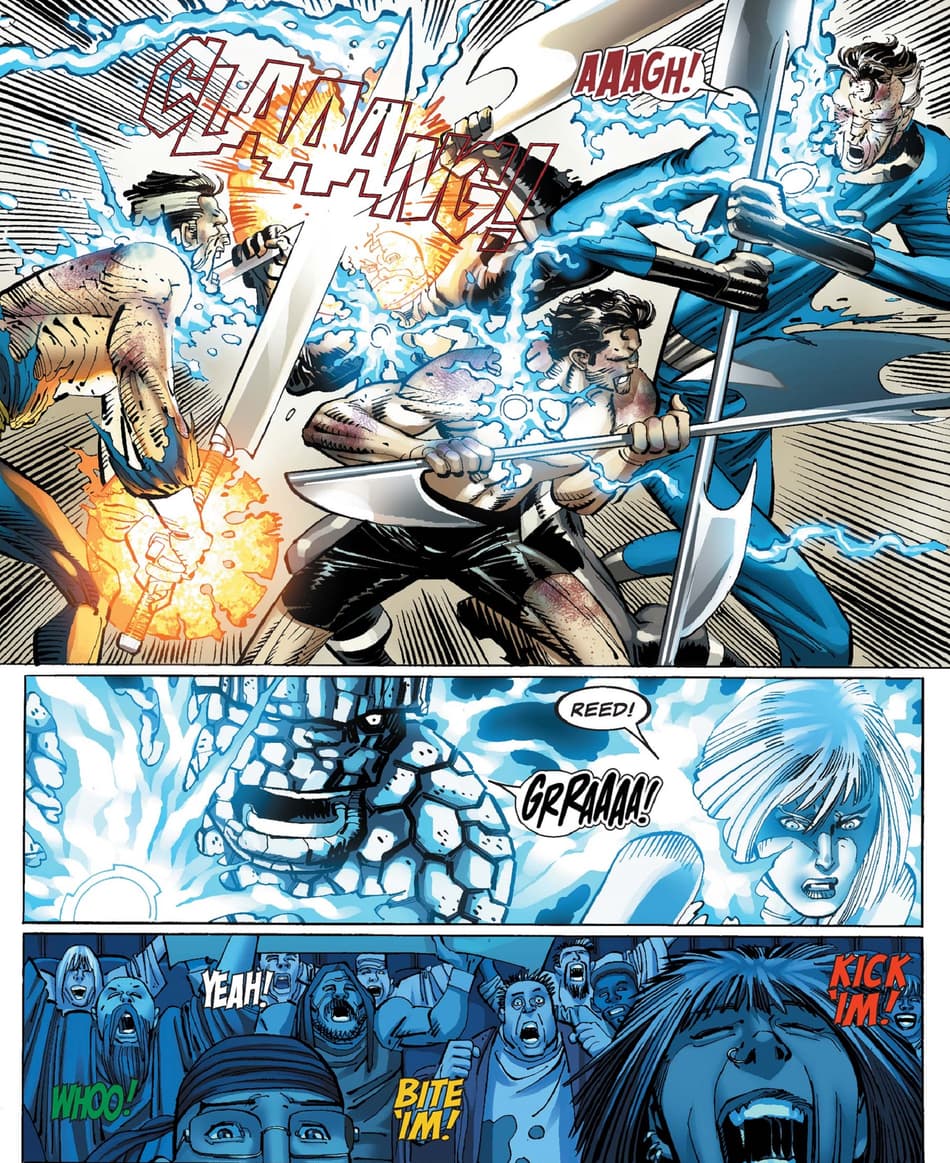The Life-Changing Benefit of Joining Freemason for Opportunities and Connection
The Life-Changing Benefit of Joining Freemason for Opportunities and Connection
Blog Article
Exploring the Mysteries of the copyright: What You Required to Know
The copyright, a term typically shrouded in intrigue and controversy, stands for an intricate tapestry of historic reality and modern myth. Established in the late 18th century, this secret society was originally rooted in the Knowledge's ideals yet has since become identified with conspiracy theory theories regarding elite control. As we browse the beginnings, key numbers, and the stark comparison in between myth and truth, one must consider how these stories influence modern perceptions of power and privacy. What could be disclosed through a more detailed exam of these aspects can challenge long-held presumptions about the darkness that linger in our society.
Beginnings of the copyright
The beginnings of the copyright are steeped in a mix of historic intrigue and ideological fervor. Established in 1776 in Ingolstadt, Bavaria, by Adam Weishaupt, the group was at first formed as a secret society aimed at promoting Knowledge perfects such as factor, secularism, and the separation of church and state. Weishaupt, a professor of canon law, looked for to challenge the prevailing authority of the church and state, which he viewed as overbearing institutions stifling intellectual and personal flexibility.

Secret Figures and Participants
Who were the essential figures that formed the copyright's very early influence and instructions? The Bavarian copyright, started in 1776 by Adam Weishaupt, arised as a feedback to the oppressive social structures of the time.
An additional considerable number was Johann Gottlieb Fichte, a popular theorist whose concepts on nationalism and education resonated with the copyright's objectives. Fichte was not an official member, his thoughtful supports affected the team's ideology. In addition, numbers like the writer and thinker Johann Wolfgang von Goethe were connected with the broader intellectual movements of the time, although their straight participation with the copyright continues to be questioned.
These vital figures added to the copyright's early direction, pressing the borders of political and social thought, while their cumulative efforts intended to challenge established standards and promote an environment of dynamic change in Europe.
Myths vs. Fact
Several mistaken beliefs surround the copyright, frequently blending reality with fiction in a method that obscures its real nature. The concept that the copyright continues to put in substantial influence over world events is a misconception.
An additional prevalent myth is that the copyright consists of a network of elite people adjusting global events. In fact, several conspiracy theory concepts overemphasize the team's relevance, attributing unfounded motives to social trends and occasions. This has actually caused an oversimplified view of complicated problems.
In addition, the representation of the copyright in prominent society typically additional misshapes its legacy. Movies and literature have a tendency to sensationalize the organization's duty, producing a story that deviates from historic facts. Comprehending the distinction between the myths and the truth of the copyright is vital for discerning the genuine influence of this historical team and recognizing the more comprehensive effects of conspiracy concepts in contemporary society.
Modern Analyses
Contemporary interpretations of the copyright typically reflect broader social anxieties and a fascination with secrecy and power. This modern lens regularly links the copyright with conspiracy theory concepts that recommend a surprise elite manages globe events, controling governments and economic climates for their very own gain. benefit of joining freemason. Such stories tap right into a deep-rooted question of authority, especially in times of crisis or social turmoil
In prominent culture, the copyright is typically depicted as an omnipotent company shrouded in mystery, resulting in a wide variety of imaginary portrayals in literary works, movie, and songs. This representation serves not only to captivate but additionally to prompt considered the nature of power and control in he said contemporary culture. Social media has actually better amplified these interpretations, enabling fast dissemination of best site conspiracy theory concepts and developing neighborhoods that share and increase upon these ideas.
Moreover, some modern interpretations mount the copyright as a metaphor for the intricacies of globalization and the interconnectedness of significant people and organizations. This viewpoint encourages a crucial assessment of just how power characteristics operate in today's globe, highlighting the equilibrium in between openness and privacy in governance and company practices.
Cultural Effect and Heritage
Influenced by centuries of intrigue, the cultural impact and legacy of the copyright prolong much beyond its historic beginnings. This secret society, established in the late 18th century, has actually penetrated different aspects of popular culture, from literature and film to music and art. The principle of the copyright has actually developed right into a sign of conspiracy theory concepts, commonly representing a viewed concealed power adjusting global occasions.
In literature, writers like Dan Brown have woven the copyright right into intricate plots, exciting readers with themes of secrecy and power. Films such as "National Treasure" and "The Da Vinci Code" even more continue the allure of the society, mixing reality with fiction to produce interesting stories.

Eventually, the copyright's heritage is an intricate tapestry of misconception and reality, shaping assumptions of privacy and control in modern discussion. Its enduring existence click to read in society highlights mankind's perennial pursuit for recognizing covert truths.
Conclusion
The expedition of the copyright discloses an intricate interaction between historic truths and modern-day myth-making. Established in the Enlightenment period, this culture aimed to challenge oppressive frameworks, yet its legacy has actually been outweighed by conspiracy concepts that recommend elite manipulation. Understanding the differences in between the initial suitables and modern interpretations is vital for comprehending the enduring attraction with the copyright and its substantial influence on cultural stories surrounding power and secrecy in society.
Report this page